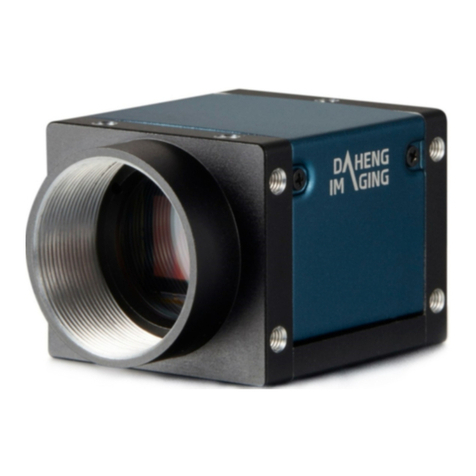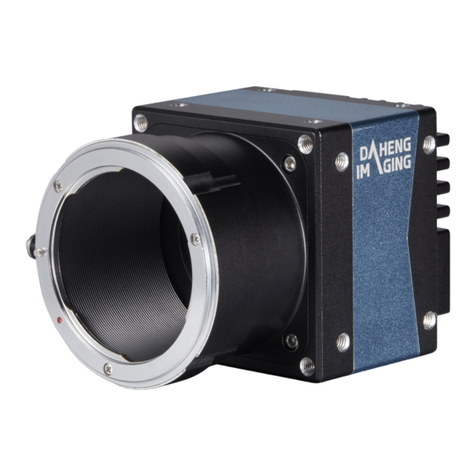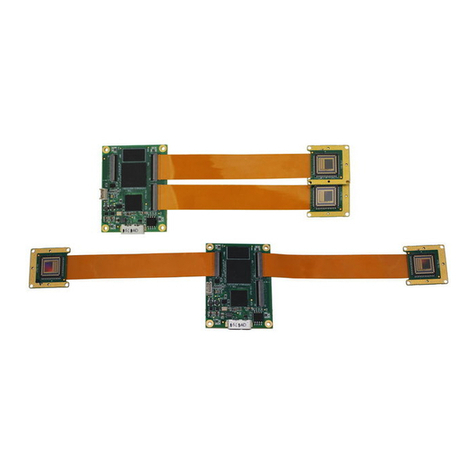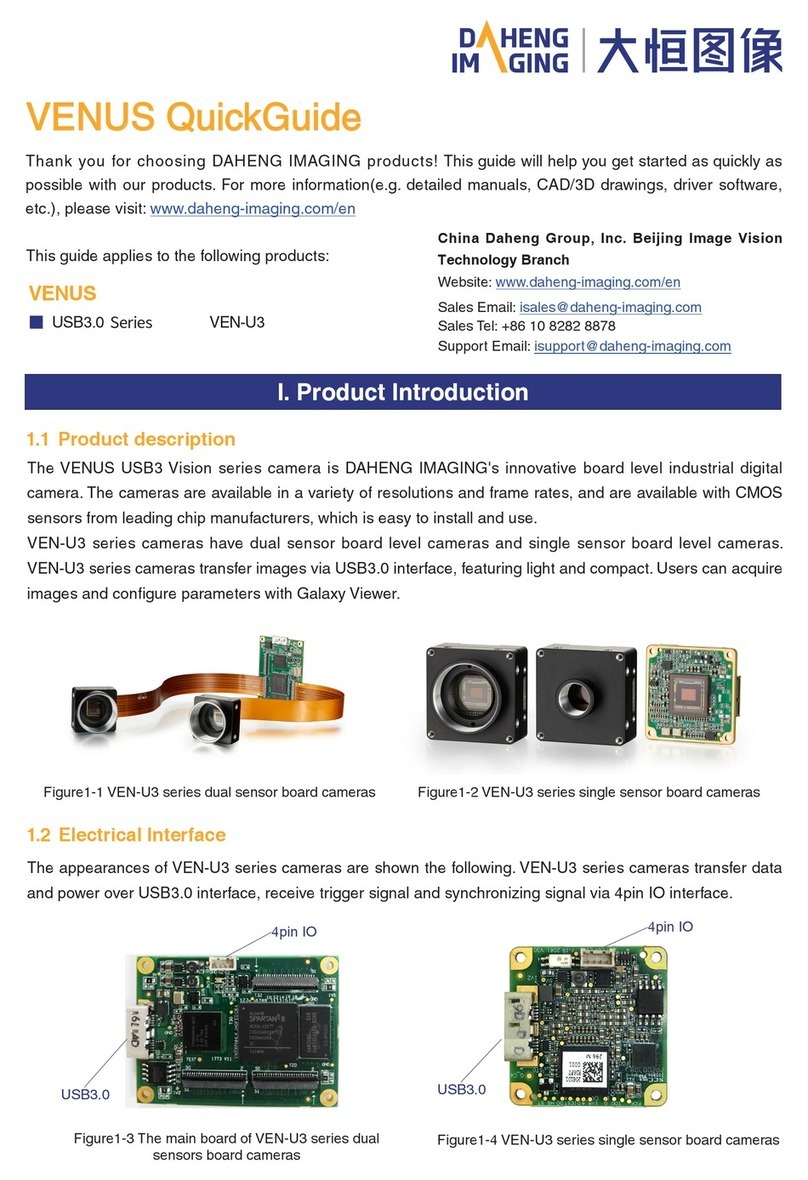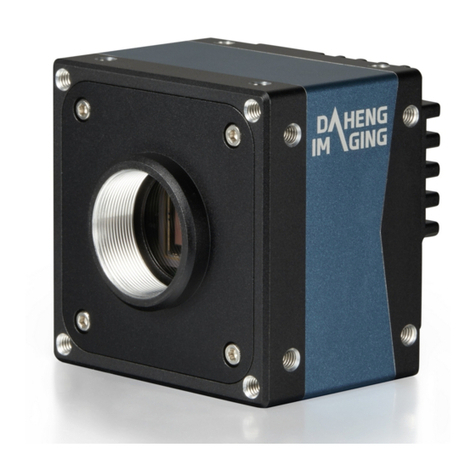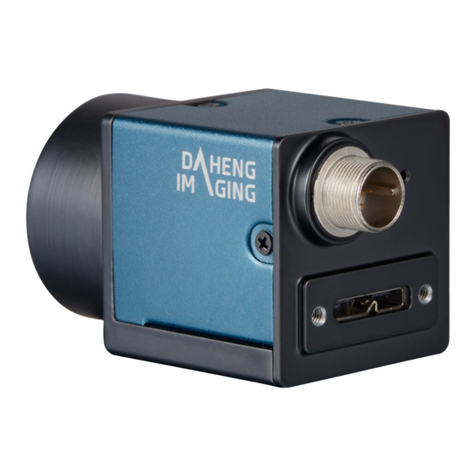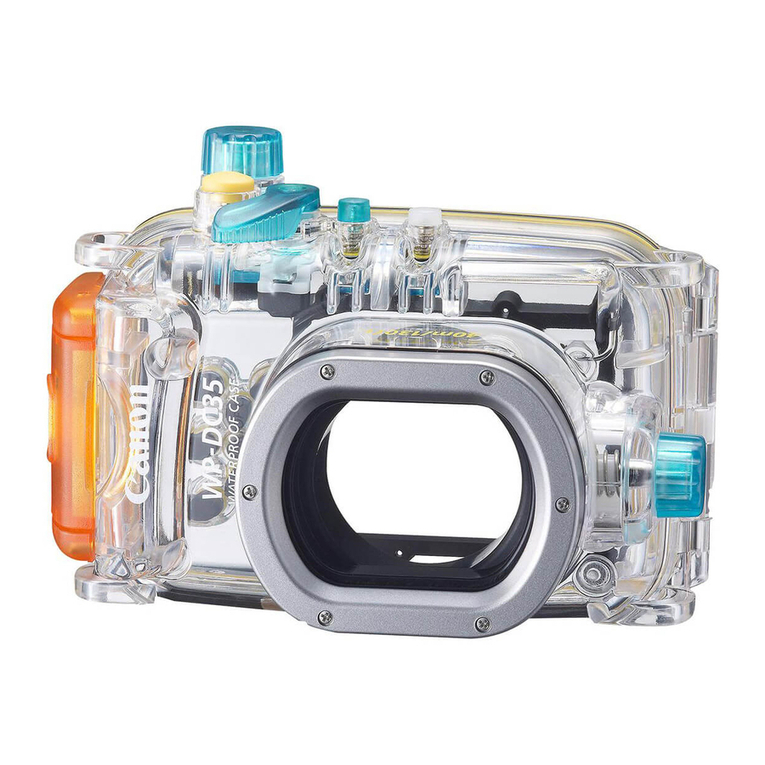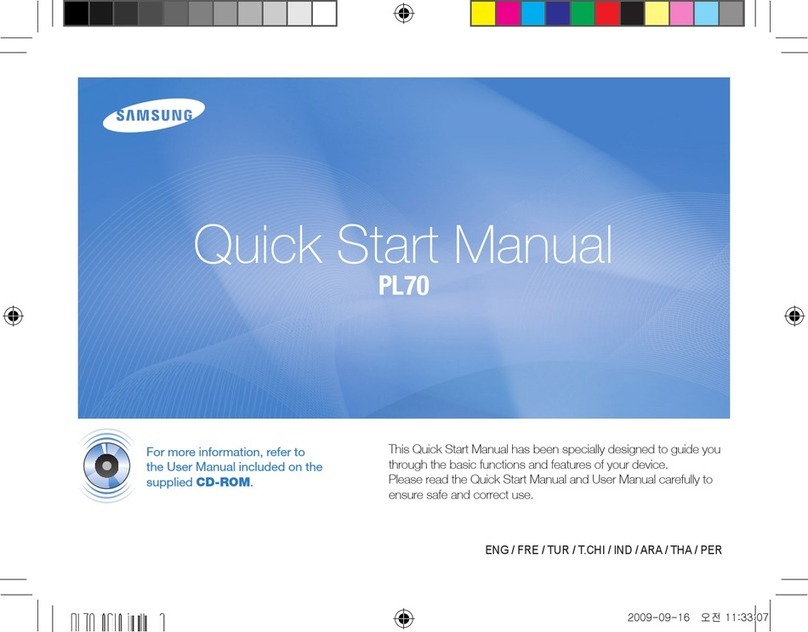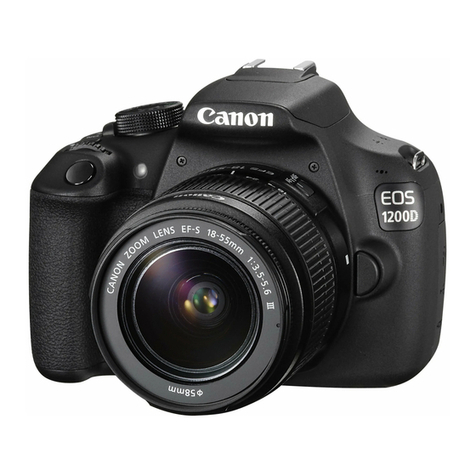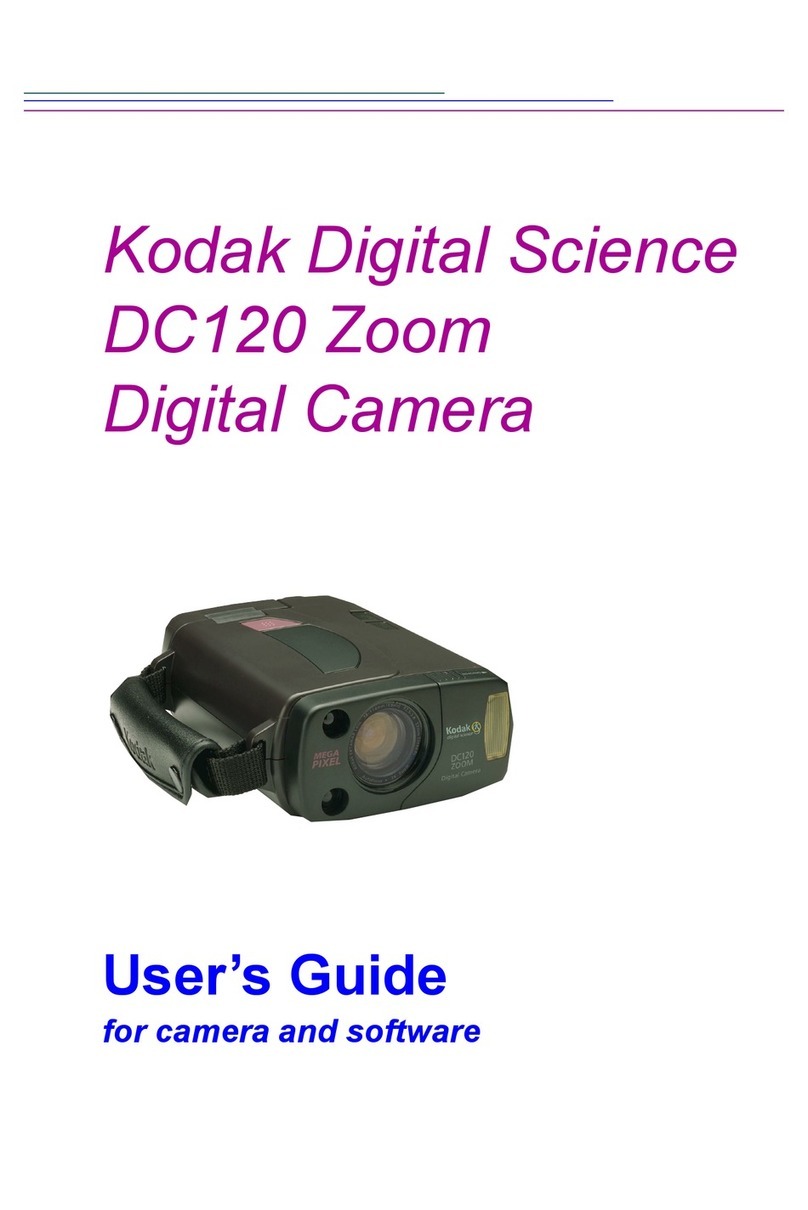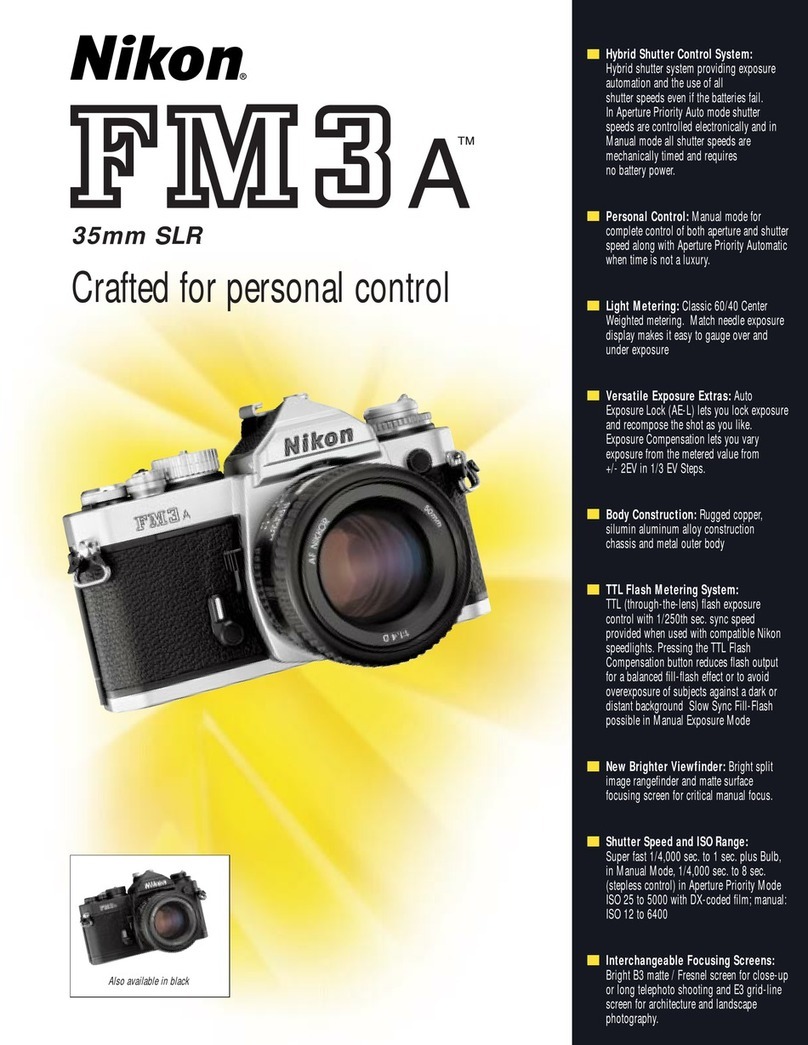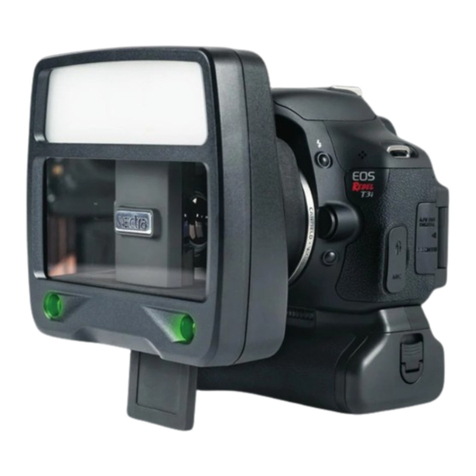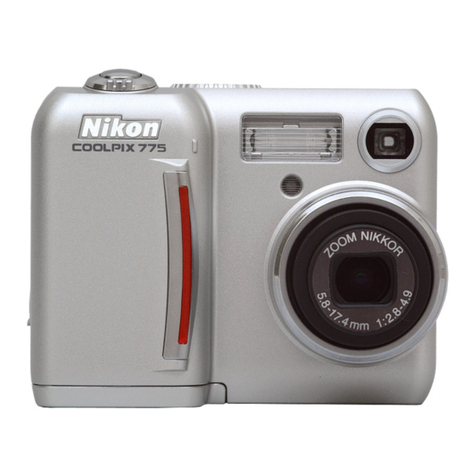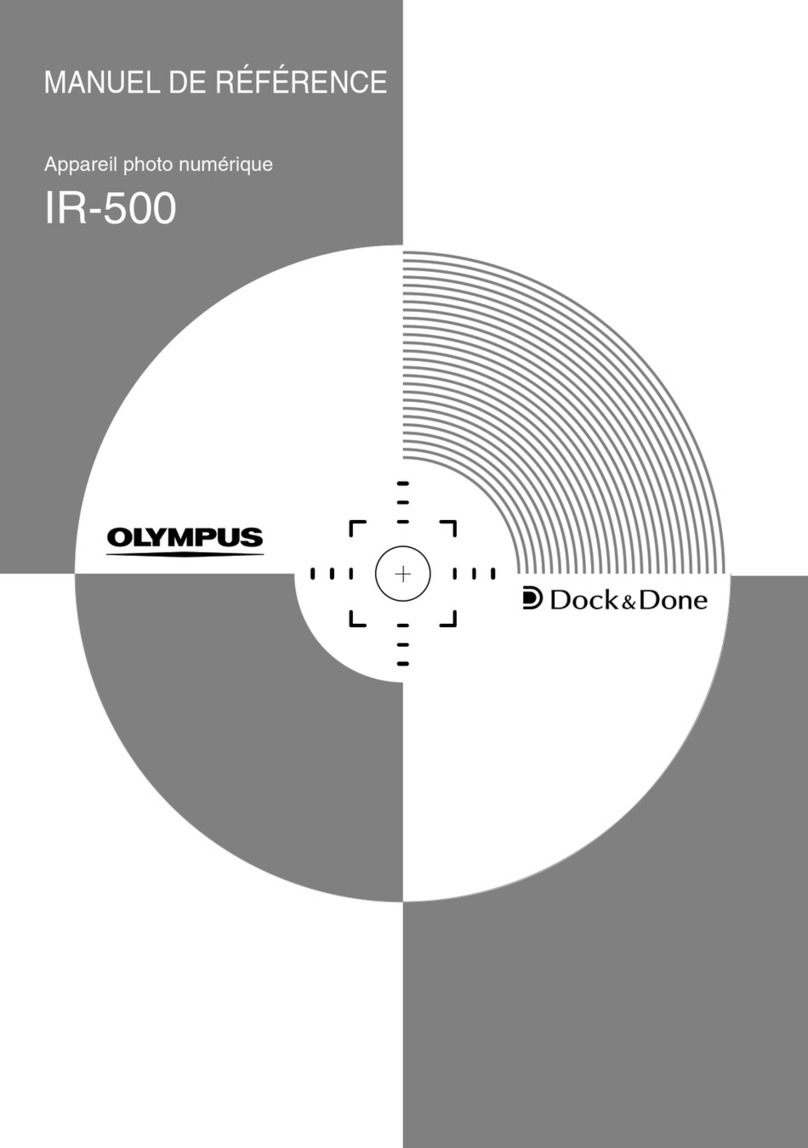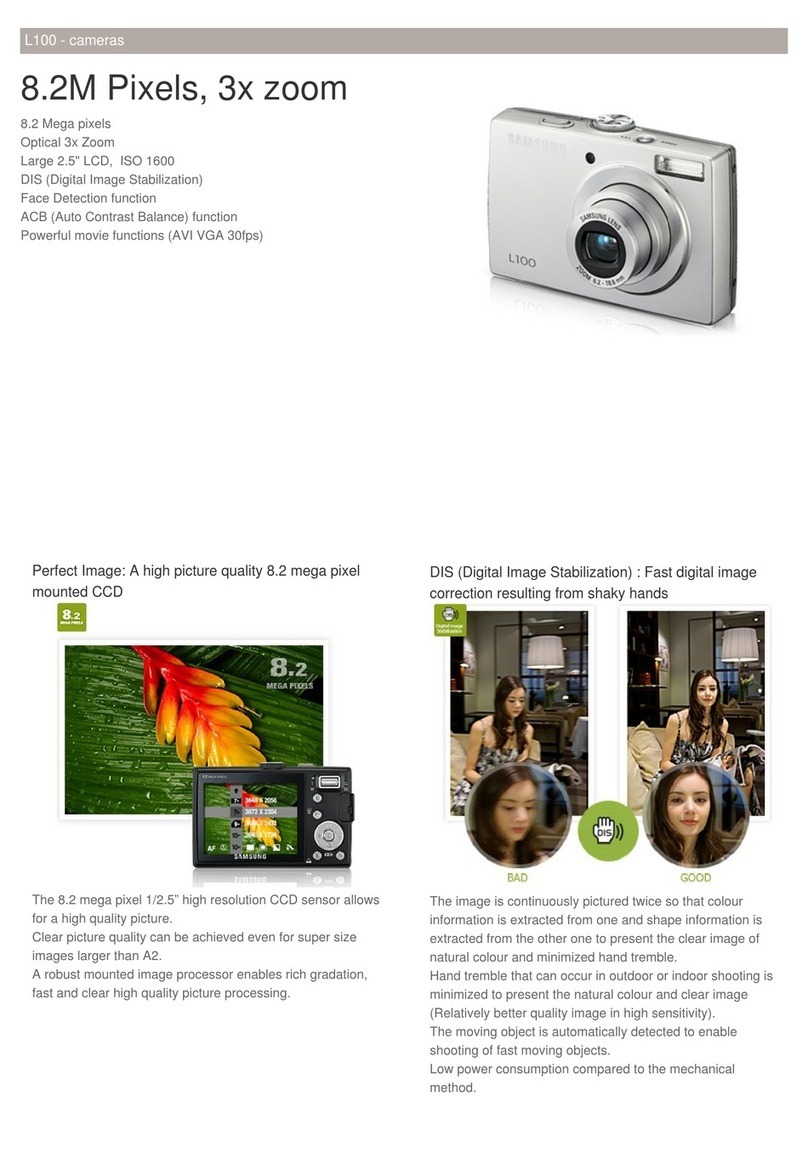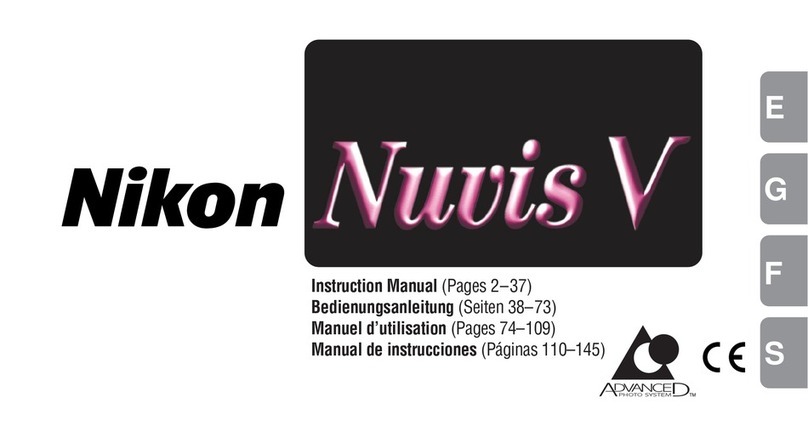
© China Daheng Group, Inc. Beijing Image Vision Technology Branch IV
8.2.8. Exposure Time Mode.........................................................................................................91
8.2.8.1. Standard Exposure Time Mode..................................................................................91
8.2.8.2. UltraShort Exposure Time Mode ................................................................................ 91
8.2.9. Set Exposure.....................................................................................................................92
8.2.10. Overlaping Exposure and Non-overlaping Exposure......................................................96
8.2.11. Exposure Delay................................................................................................................97
8.3. Basic Features ...................................................................................................... 98
8.3.1. Gain...................................................................................................................................98
8.3.2. Pixel Format.....................................................................................................................100
8.3.3. ROI...................................................................................................................................103
8.3.4.Auto Exposure /Auto Gain..............................................................................................104
8.3.4.1. ROI Setting ofAuto Exposure /Auto Gain................................................................104
8.3.4.2. Auto Gain ..................................................................................................................105
8.3.4.3. Auto Exposure...........................................................................................................105
8.3.5. Auto White Balance.........................................................................................................106
8.3.5.1.Auto White Balance ROI...........................................................................................106
8.3.5.2. Auto White Balance Adjustment ...............................................................................107
8.3.6. Test Pattern......................................................................................................................107
8.3.7. User Set Control..............................................................................................................109
8.3.8. Device User ID .................................................................................................................111
8.3.9. Timestamp....................................................................................................................... 112
8.3.10. Binning........................................................................................................................... 113
8.3.11. Decimation..................................................................................................................... 115
8.3.12. Reverse X and Reverse Y............................................................................................. 117
8.3.13. Digital Shift..................................................................................................................... 118
8.3.14. Acquisition Status..........................................................................................................120
8.3.15. Black Level ....................................................................................................................120
8.3.16. Remove Parameter Limits.............................................................................................121
8.3.17. User Data Area..............................................................................................................128
8.3.18. Timer..............................................................................................................................129
8.3.19. Counter..........................................................................................................................130
8.4. Image Processing................................................................................................ 131
8.4.1. Light Source Preset.........................................................................................................131
8.4.2. Color Transformation Control..........................................................................................132
8.4.3. Saturation ........................................................................................................................135
8.4.4. Gamma............................................................................................................................137
8.4.5. Sharpness........................................................................................................................138
8.4.6. Flat Field Correction........................................................................................................138
8.4.6.1. FFC Coefficient Calculation and Preview.................................................................140
8.4.6.2. Read/Save Coefficient..............................................................................................141
8.4.6.3. Load/Save File..........................................................................................................141
8.4.7. Lookup Table ...................................................................................................................141


